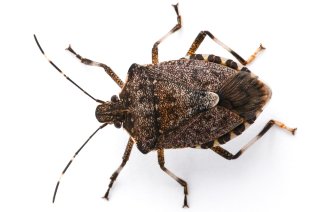
The brown marmorated stink bug - seen one yet?
The brown marmorated stink bug (Halyomorpha halys) was spotted in Limburg for the first time in 2018, and is now found all over the country. The bug can cause significant damage to fruit crops.
Do you think you spotted a brown marmorated stink bug?
Take a clear picture of the top and bottom of the insect and send those pictures, including the location they were taken and, if possible, the name or a picture of the plant in question, to karin.winkler@wur.nl.
Is the brown marmorated stink bug already found in the Netherlands?
The brown marmorated stink bug (Halyomorpha halys) is now found in many European countries. Up until the autumn of 2018, sightings of the stink bug within the Netherlands had been limited to the province of Limburg. It was first spotted in Utrecht and Amsterdam in the spring of 2019. During the course of 2021, there were an increasing number of reported sightings from large swathes of the country, reaching as far north as Castricum and Hoogeveen (see waarneming.nl). On one warm May afternoon in 2021, a new experimental trap in a back garden in Limburg caught 50 brown marmorated stink bugs. Specimens have now also been found in fruit orchards and damage to fruits has been confirmed.
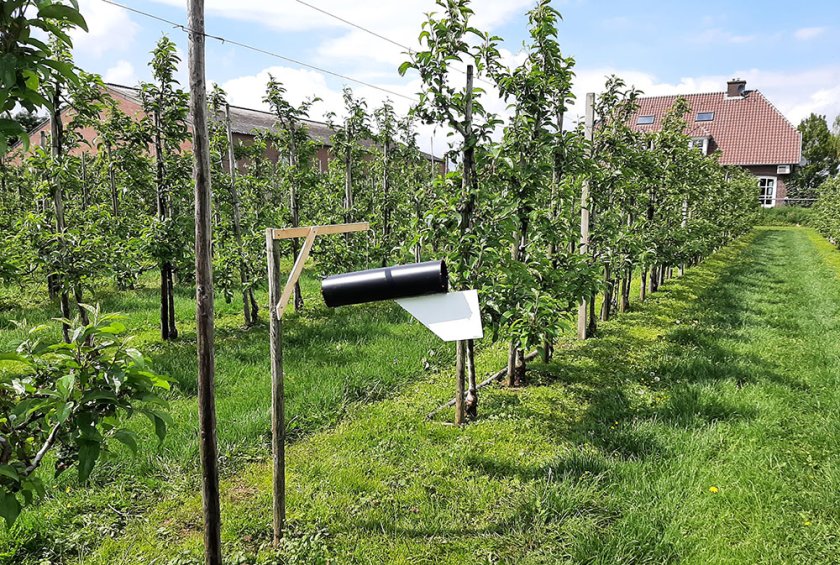
What sort of damage does the brown marmorated stink bug cause?
The bug is a herbivore, and both nymphs and adults suck sap out of leaves and fruits. The stink bug has more than two hundred reported host plants. It’s difficult at this point to estimate exactly what kind of damage the insect will cause here. Fruit sectors in other countries have reported damage to crops such as apples, pears and cherries, but also to blackberries and raspberries and to vegetables such as tomatoes, peppers and aubergines.
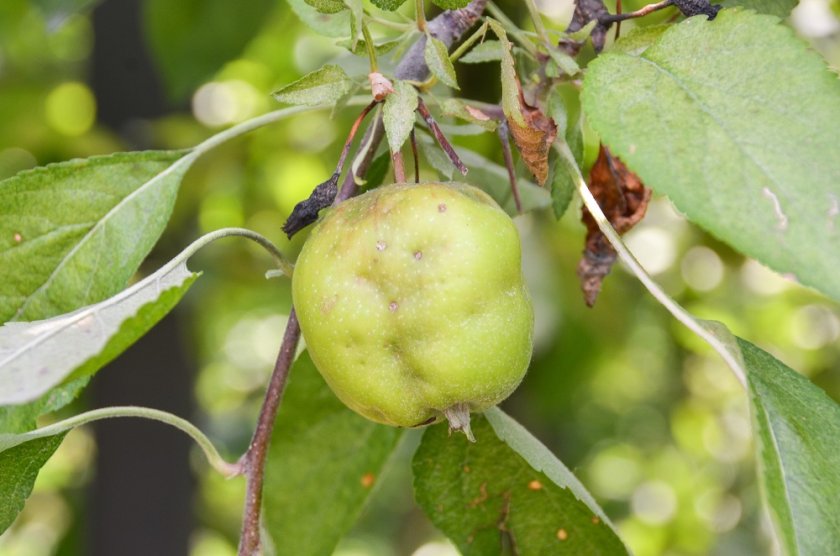
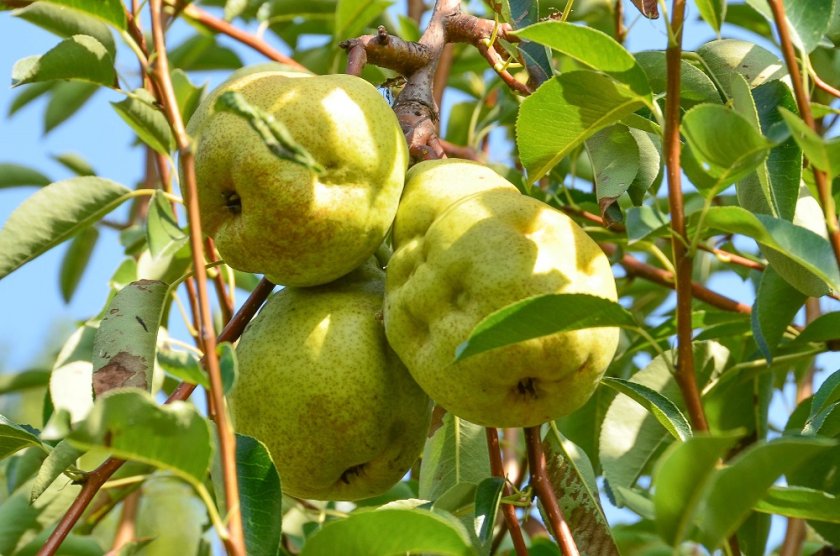
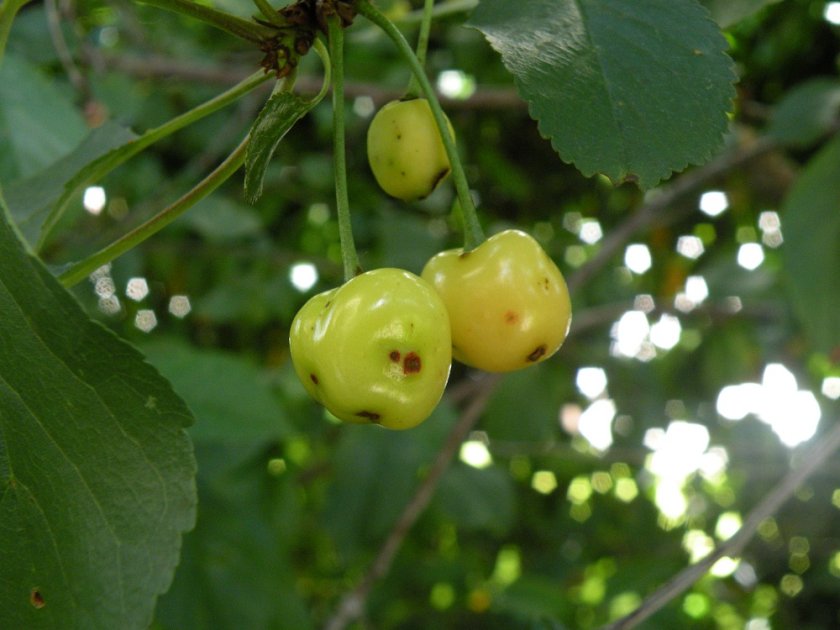
What do we know about the biology of the brown marmorated stink bug?
What do we know about the biology of the brown marmorated stink bug?
- The adult bugs hibernate during the winter.
- In the Netherlands, egg laying starts from late May or June and continues throughout the summer.
- Eggs are laid in clusters on the undersides of leaves.
- The young bugs, or nymphs, go through five stages of development.
- In the autumn, adult bugs look for hibernation sites in houses, sheds, and dead trees.
- In their original habitats, the bugs would produce up to five generations per year. In the Dutch climate, one generation develops per year.
Where does this stink bug originate from?
Where does this stink bug originate from?
The brown marmorated stink bug is native to China, Japan, Korea and Taiwan. In 1995 it was spotted in Pennsylvania in the US for the first time, having presumably been introduced unintentionally through packaging materials. Since then, the species has successfully established itself in 41 US states and in Canada.
It was first found in Liechtenstein in 2004, and in Switzerland, France, Italy and Germany in 2007. It was first sighted in the Netherlands in the summer of 2018, in Limburg. It was first spotted in Utrecht and Amsterdam in the spring of 2019.
Adult bugs can move around through flight. Long-distance movements occur when the bug hitches a ride in packaging materials, cargo or in holidaymakers’ caravans.
How can this stink bug be controlled?
How can this stink bug be controlled?
So far, no effective measures have been found. Biological controls such as ichneumon wasps and predatory insects might be a solution.
Made possible by Tim Haye (CABI, Delémont, Switzerland). Also view: www.halyomorphahalys.com. Photos: Tim Haye, CABI, Delémont, Switzerland and Jean-Claude Streito, INRA, France.